In a wave of media releases, the latest studies performed by NASA’s Fermi Gamma-ray Space Telescope are lighting up the world of particle astrophysics with the news of how supernovae could be the progenitor of cosmic rays. These subatomic particles are mainly protons, cruising along through space at nearly the speed of light. The rest are electrons and atomic nuclei. When they meet up with a magnetic field, their paths change like a bumper car in an amusement park – but there’s nothing amusing about not knowing their origins. Now, four years of hard work done by scientists at the Kavli Institute for Particle Astrophysics and Cosmology at the Department of Energy’s (DOE) SLAC National Accelerator Laboratory has paid off. There is evidence of how cosmic rays are born.
“The energies of these protons are far beyond what the most powerful particle colliders on Earth can produce,” said Stefan Funk, astrophysicist with the Kavli Institute and Stanford University, who led the analysis. “In the last century we’ve learned a lot about cosmic rays as they arrive here. We’ve even had strong suspicions about the source of their acceleration, but we haven’t had unambiguous evidence to back them up until recently.”
Until now, scientists weren’t clear on some particulars – such as what atomic particles could be responsible for the emissions from interstellar gas. To aid their research, they took a very close look at a pair of gamma ray emitting supernova remnants – known as IC 443 and W44. Why the discrepancy? In this case gamma rays share similar energies with cosmic ray protons and electrons. To set them apart, researchers have uncovered the neutral pion, the product of cosmic ray protons impacting normal protons. When this happens, the pion rapidly decays into a set of gamma rays, leaving a signature decline – one which provides proof in the form of protons. Created in a process known as Fermi Acceleration, the protons remain captive in the rapidly moving shock front of the supernova and aren’t affected by magnetic fields. Thanks to this property, the astronomers were able to trace them back directly to their source.
“The discovery is the smoking gun that these two supernova remnants are producing accelerated protons,” said lead researcher Stefan Funk, an astrophysicist with the Kavli Institute for Particle Astrophysics and Cosmology at Stanford University in California. “Now we can work to better understand how they manage this feat and determine if the process is common to all remnants where we see gamma-ray emission.”
Are they little speedsters? You betcha. Every time the particle passes across the shock front, it gains about 1% more speed – eventually enough to break free as cosmic ray. “Astronauts have documented that they actually see flashes of light associated with cosmic rays,” Funk noted. “It’s one of the reasons I admire their bravery – the environment out there is really quite tough.” The next step in this research, Funk added, is to understand the exact details of the acceleration mechanism and also the maximum energies to which supernova remnants can accelerate protons.
However, the studies don’t end there. More new evidence of supernovae remnants acting like particle accelerators emerged during careful observational analysis by the Serbian astronomer Sladjana Nikolic (Max Planck Institute for Astronomy). They took a look at the composition of the light. Nikolic explains: “This is the first time we were able to take a detailed look at the microphysics in and around the shock region. We found evidence for a precursor region directly in front of the shock, which is thought to be a prerequisite of cosmic ray production. Also, the precursor region is being heated in just the way one would expect if there were protons carrying away energy from the region directly behind the shock.”
Nikolic and her colleagues employed the spectrograph VIMOS at the European Southern Observatory’s Very Large Telescope in Chile to observe and document a short section of the shock front of the supernova SN 1006. This new technique is known as integral field spectroscopy – a first-time process which allows astronomers to thoroughly examine the composition of the light from the supernova remnant. Kevin Heng of the University of Bern, one of the supervisors of Nikolic’s doctoral work, says: “We are particularly proud of the fact that we managed to use integral field spectroscopy in a rather unorthodox way, since it is usually used for the study of high-redshift galaxies. In doing so, we achieved a level of precision that far exceeds all previous studies.”
It really is an intriguing time to be taking closer looks at supernovae remnants – especially in respect to cosmic rays. As Nikolic explains: “This was a pilot project. The emissions we observed from the supernova remnant are very, very faint compared to the usual target objects for this type of instrument. Now that we know what’s possible, it’s really exciting to think about follow-up projects.” Glenn van de Ven of the Max Planck Institute for Astronomy, Nikolic’s other co-supervisor and an expert in integral field spectroscopy, adds: “This kind of novel observational approach could well be the key to solving the puzzle of how cosmic rays are produced in supernova remnants.”
Kavli Institute Director Roger Blandford, who participated in the Fermi analysis, said, “It’s fitting that such a clear demonstration showing supernova remnants accelerate cosmic rays came as we celebrated the 100th anniversary of their discovery. It brings home how quickly our capabilities for discovery are advancing.”
Original Story Sources and Further Reading: Novel approach in hunt for cosmic particle accelerator, NASA’s Fermi Proves Supernova Remnants Produce Cosmic Rays, and Proof: Cosmic Rays Come from Exploding Stars.

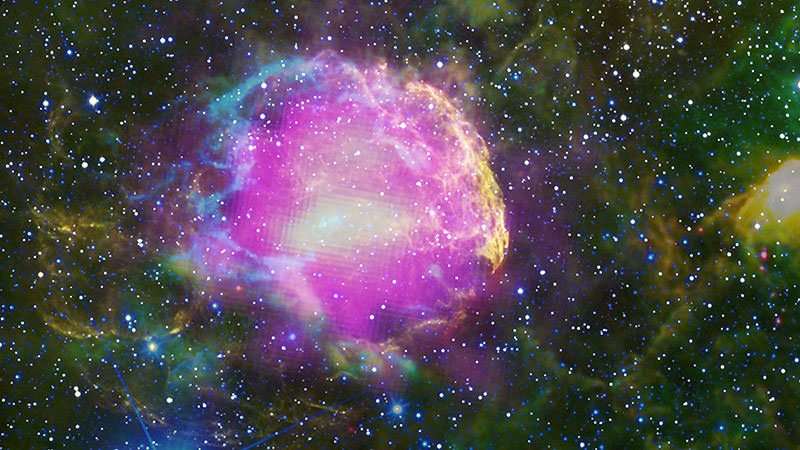

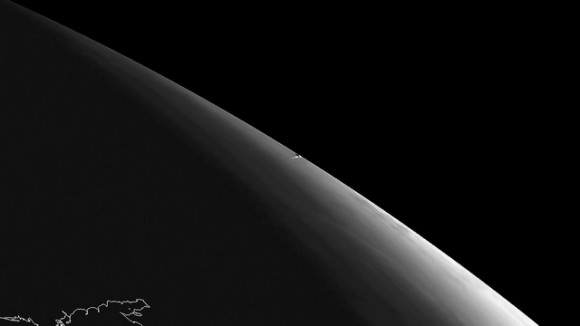
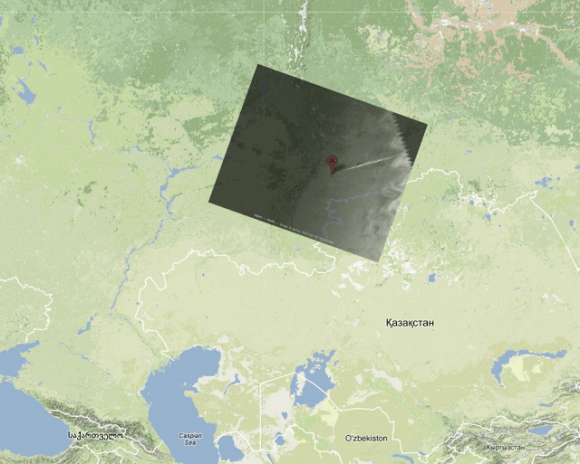
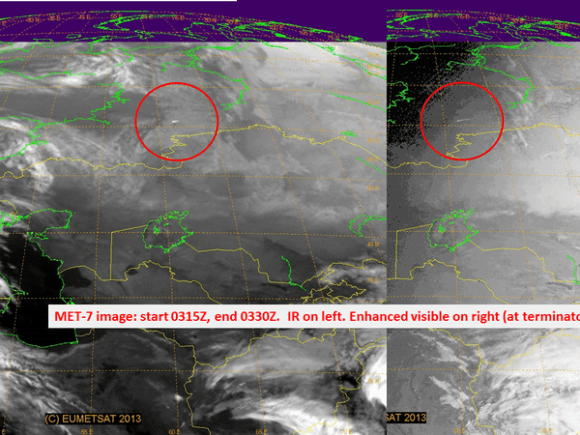
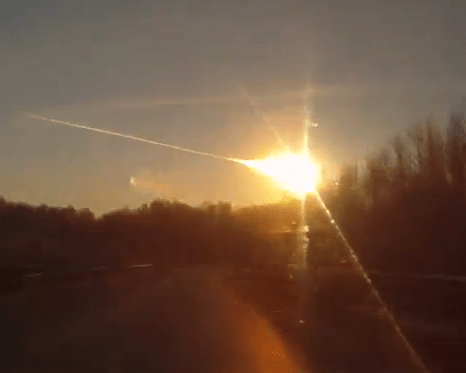

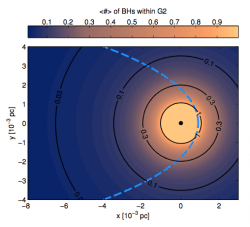
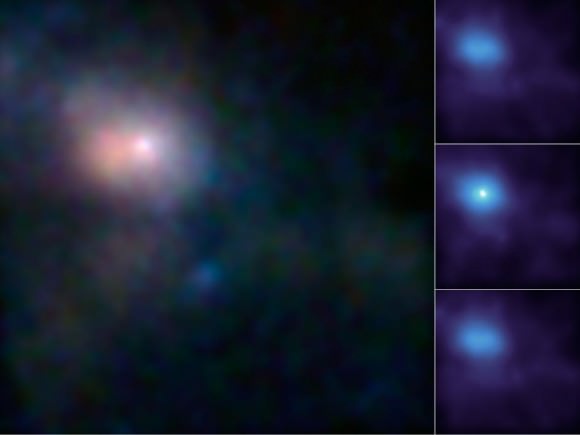
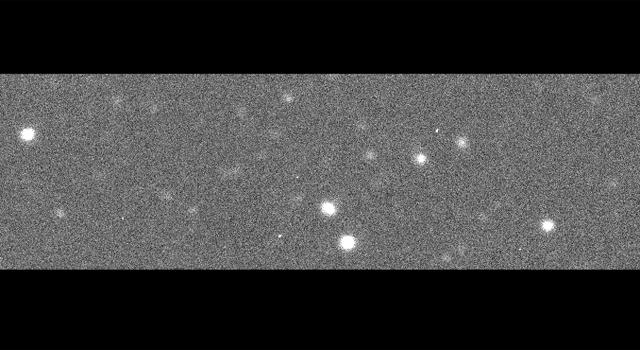
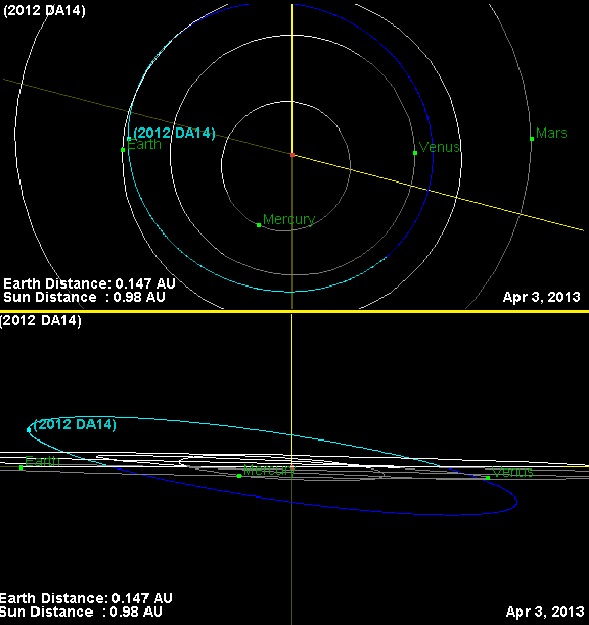
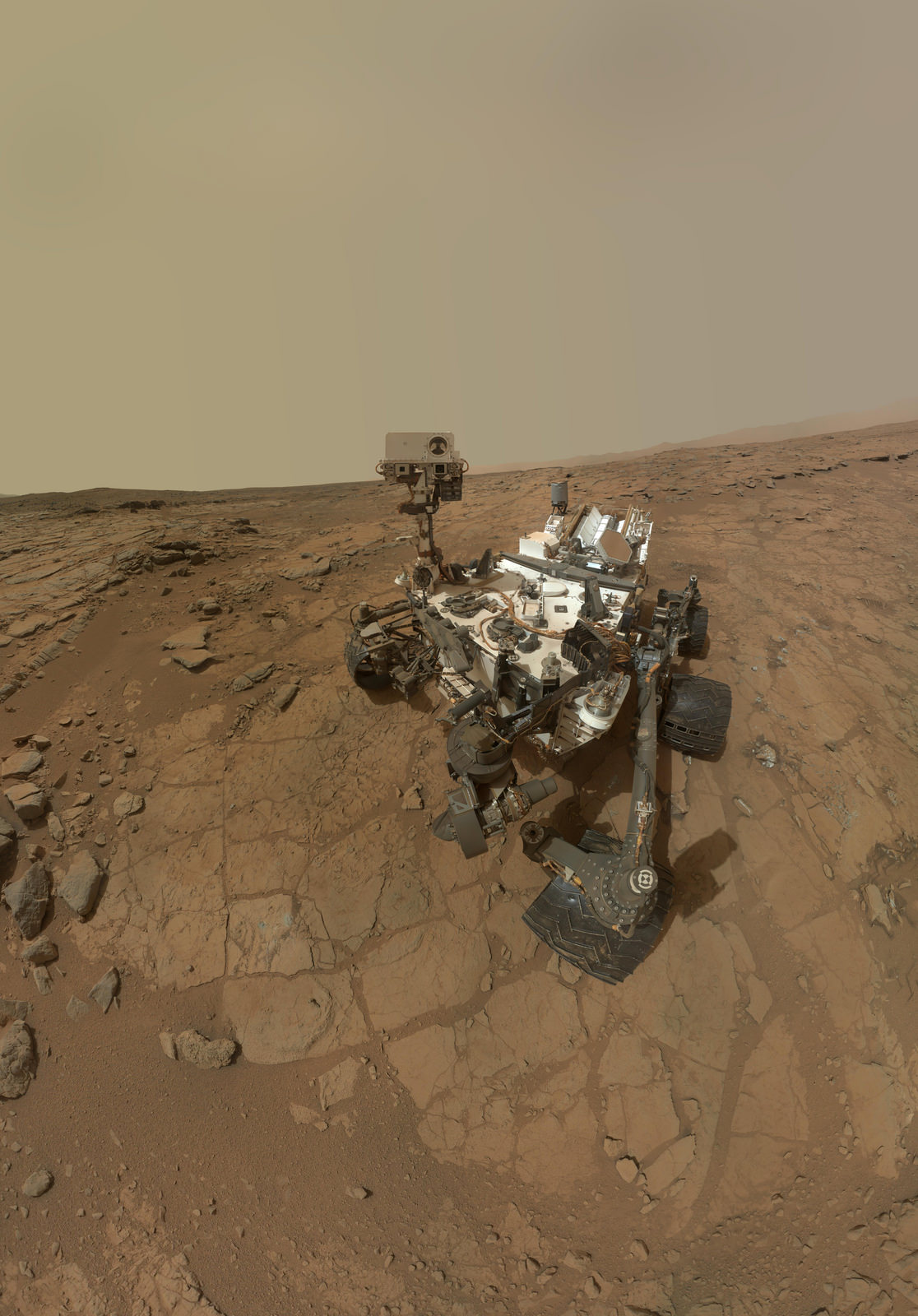


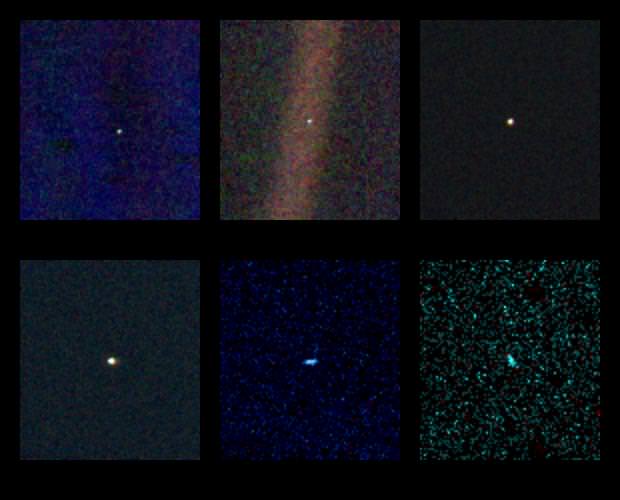

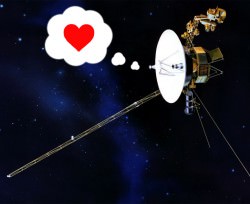 It was the unique perspective above provided by Voyager 1 that inspired Carl Sagan to first coin the phrase
It was the unique perspective above provided by Voyager 1 that inspired Carl Sagan to first coin the phrase